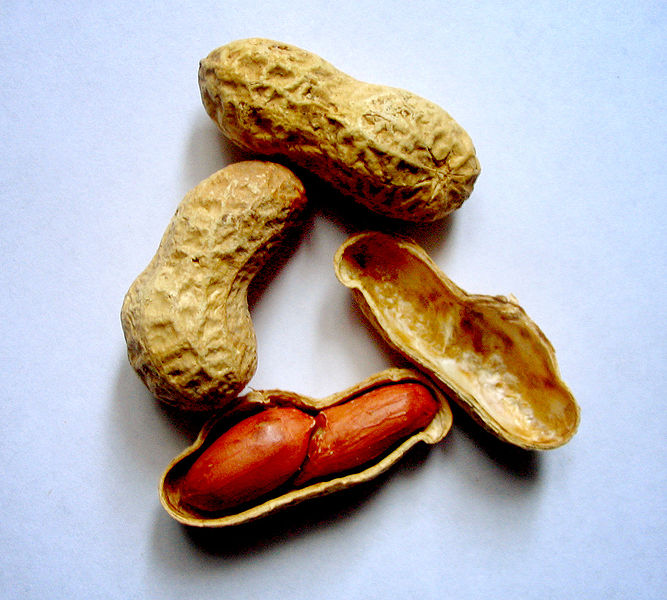From “The Comfort Zone,” Jonathan Franzen’s great 2004 New Yorker essay about his childhood relationship with Charles Schulz’s Peanuts strip:
“I was unaware of it, but an epidemic had broken out across the country. Late adolescents in suburbs like ours had suddenly gone berserk, running away to other cities to have sex and not attend college, ingesting every substance they could get their hands on, not just clashing with their parents but rejecting and annihilating everything about them. For a while, the parents were so frightened and so mystified and so ashamed that each family, especially mine, quarantined itself and suffered in isolation.
When I went upstairs, my bedroom felt like an overwarm sickroom. The clearest remaining vestige of Tom was the Don’t Look Back poster that he’d taped to a flank of his dresser where Bob Dylan’s psychedelic hair style wouldn’t always be catching my mother’s censorious eye. Tom’s bed, neatly made, was the bed of a kid carried off by an epidemic.
In that unsettled season, as the so-called generation gap was rending the cultural landscape, Charles Schulz’s work was almost uniquely beloved. Fifty-five million Americans had seen A Charlie Brown Christmas the previous December, for a Nielsen share of better than fifty per cent. The musical You’re a Good Man, Charlie Brown was in its second sold-out year on Broadway. The astronauts of Apollo X, in their dress rehearsal for the first lunar landing, had christened their orbiter and landing vehicle Charlie Brown and Snoopy. Newspapers carrying Peanuts reached more than a hundred and fifty million readers, Peanuts collections were all over the best-seller lists, and if my own friends were any indication there was hardly a kid’s bedroom in America without a Peanuts wastebasket or Peanuts bedsheets or a Peanuts gift book. Schulz, by a luxurious margin, was the most famous living artist on the planet.”
••••••••••
The other Pigpen, 1970:


